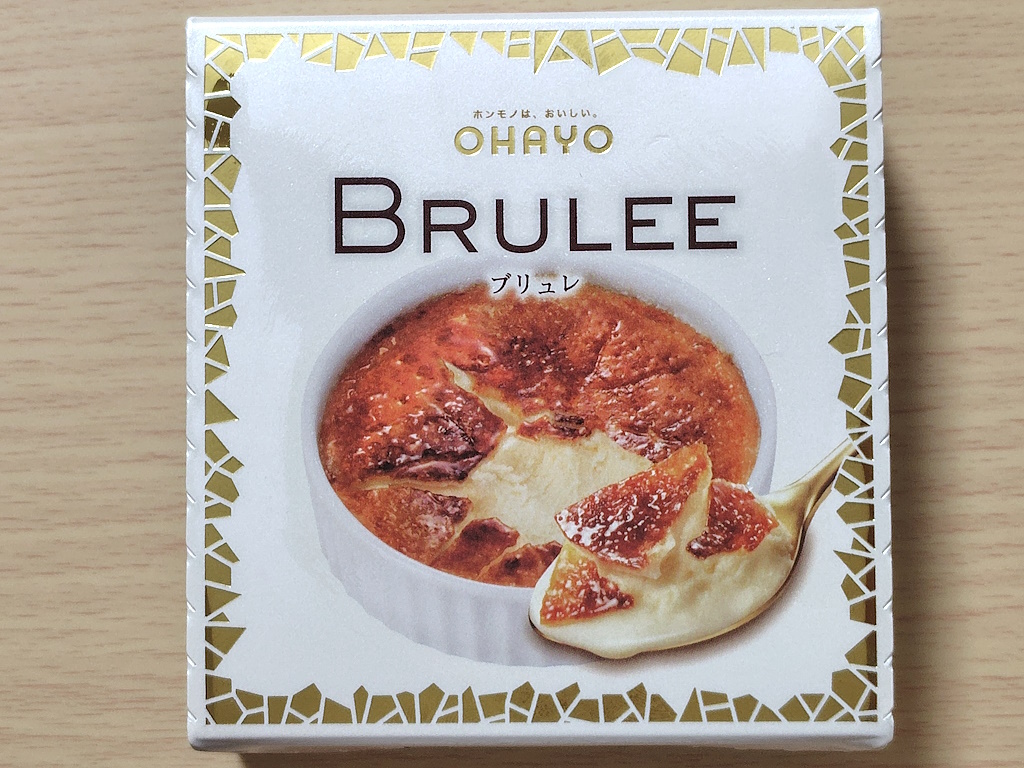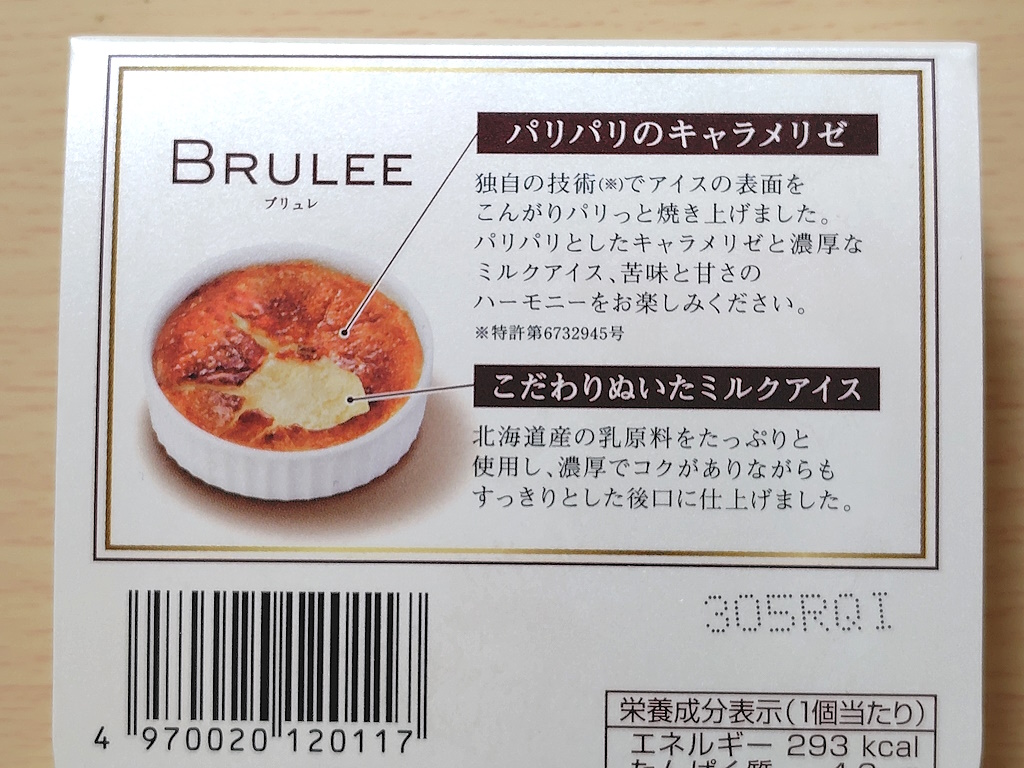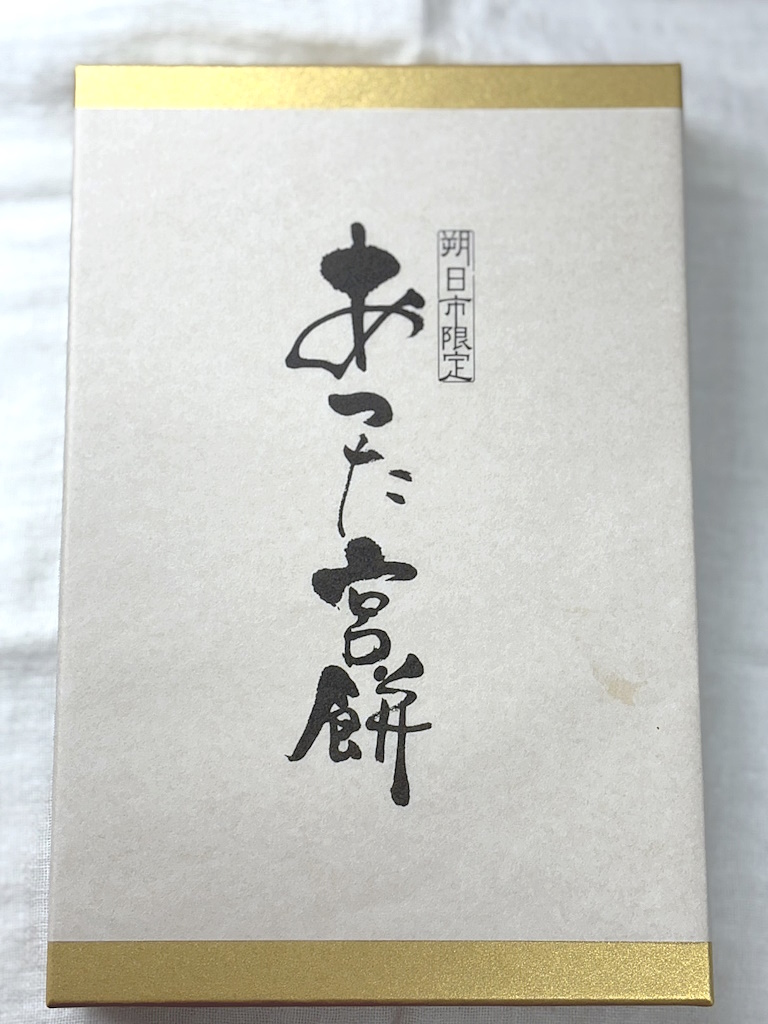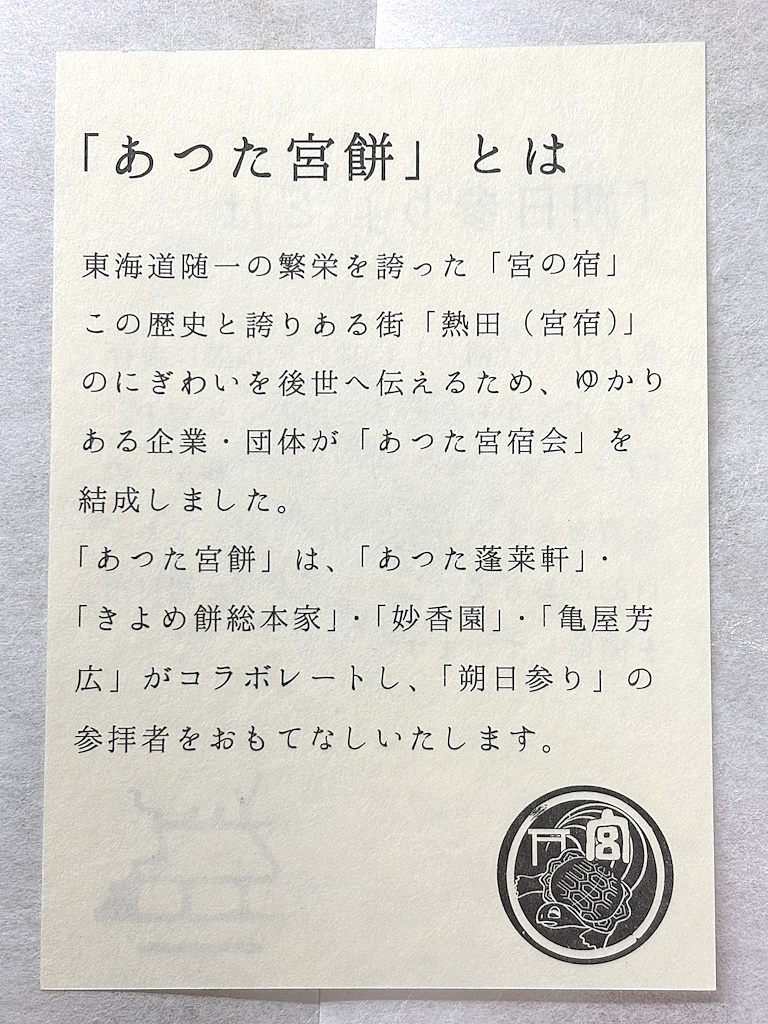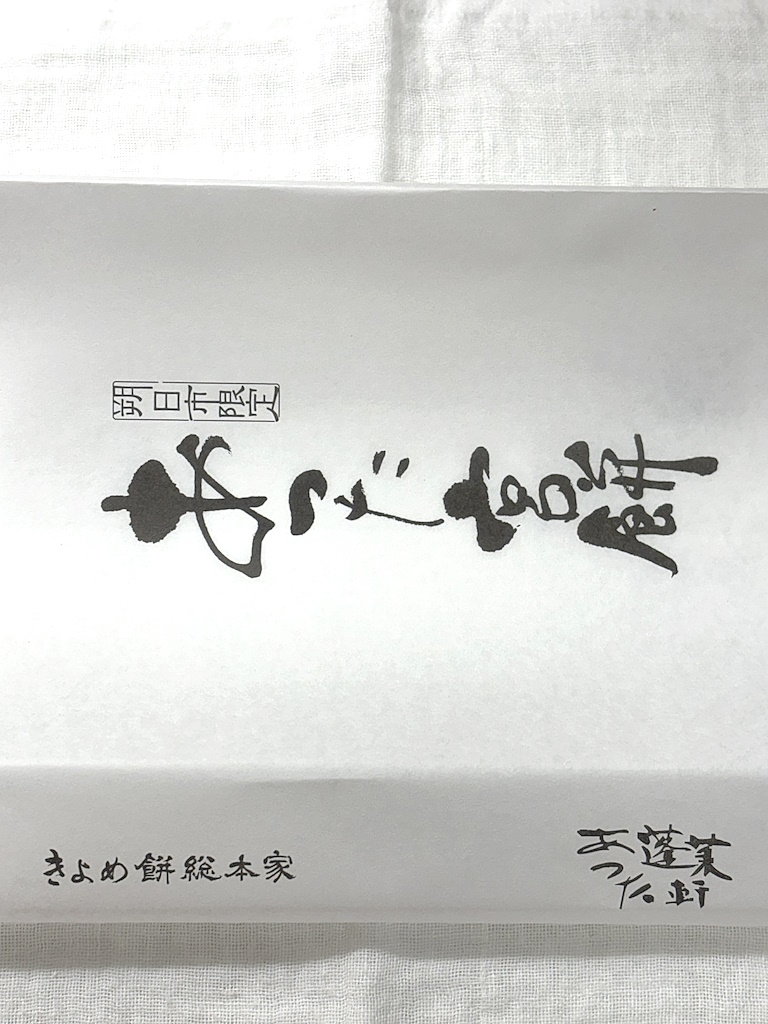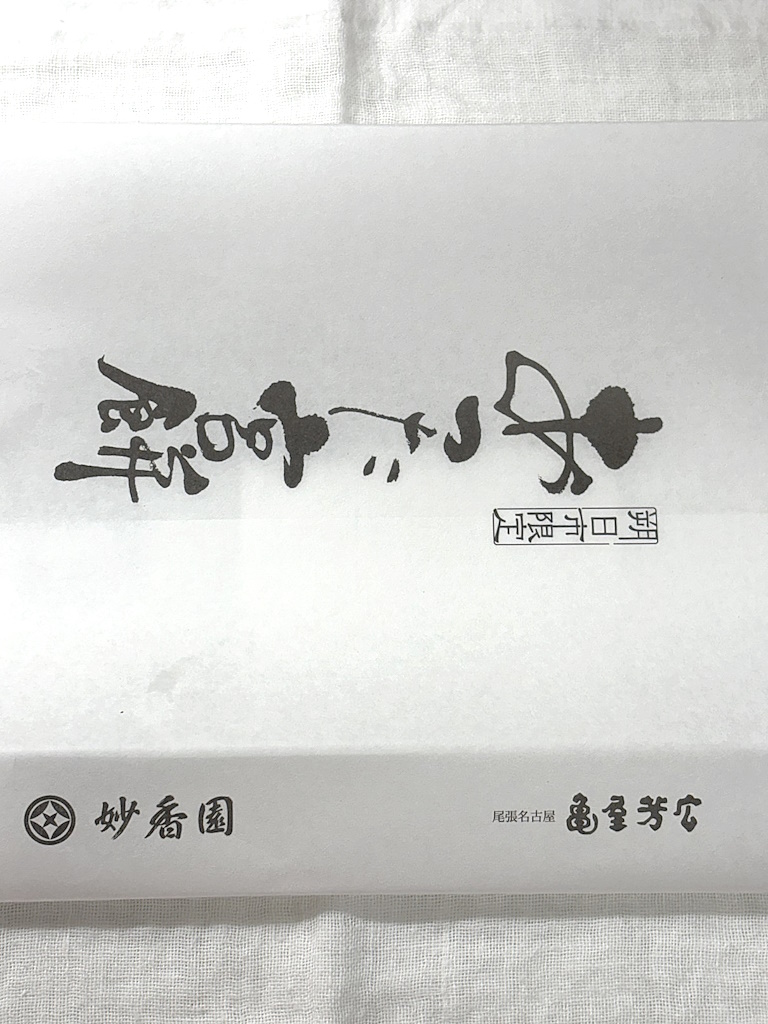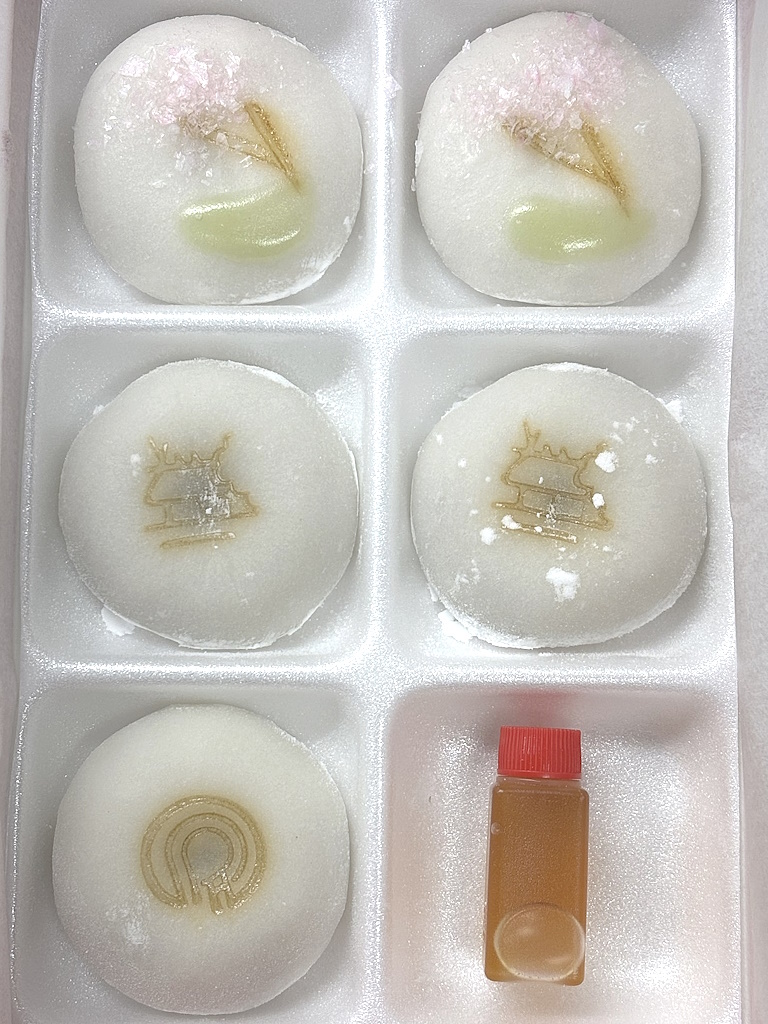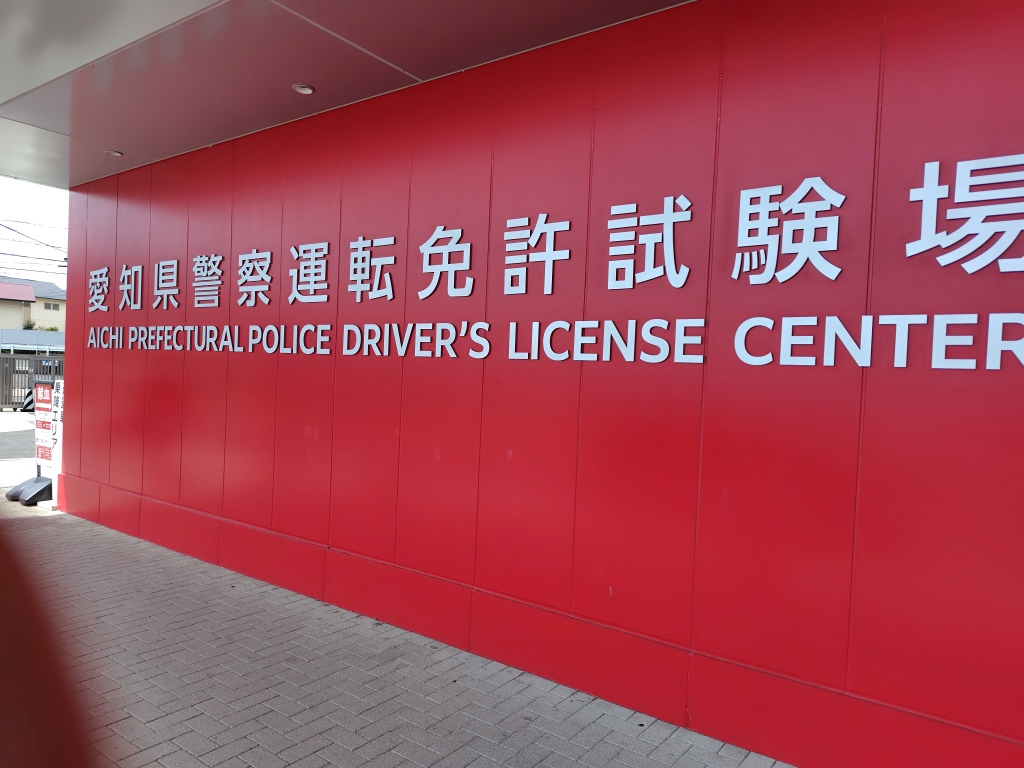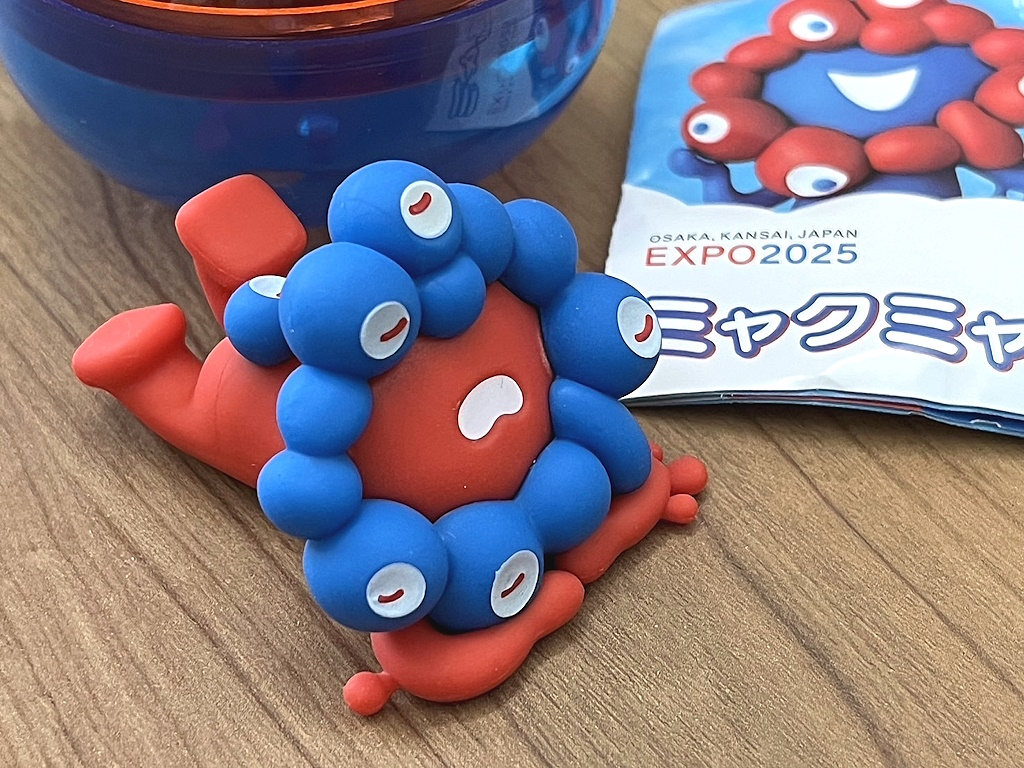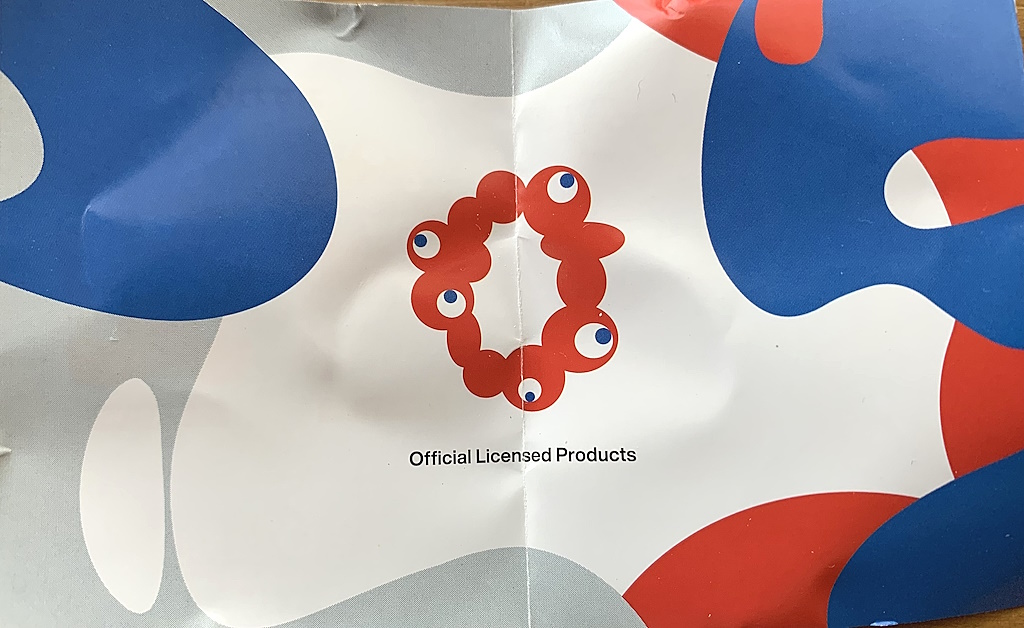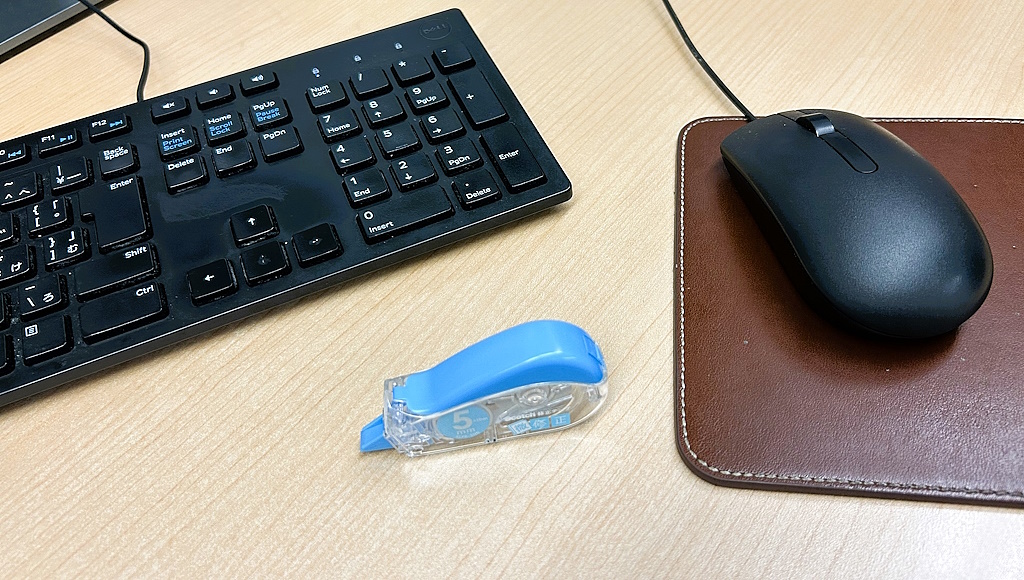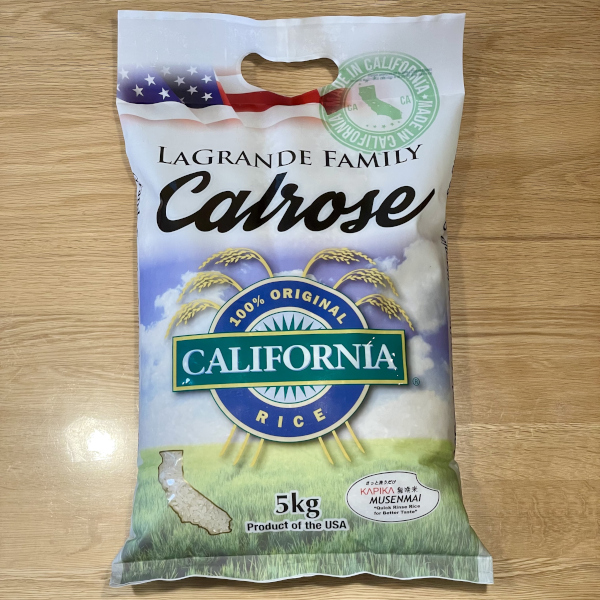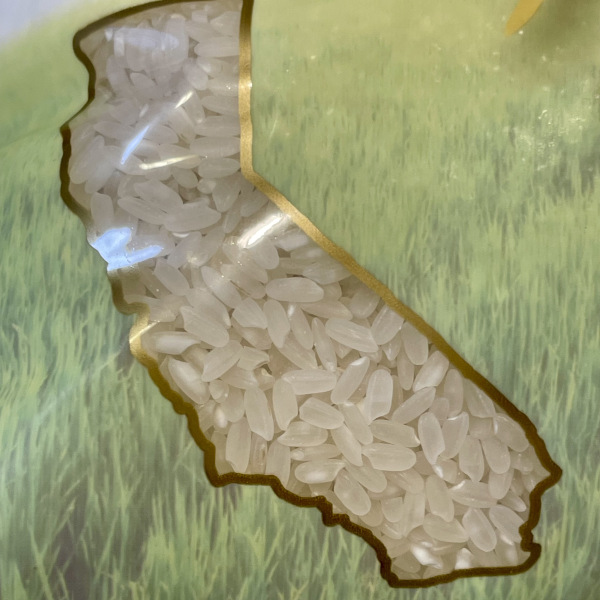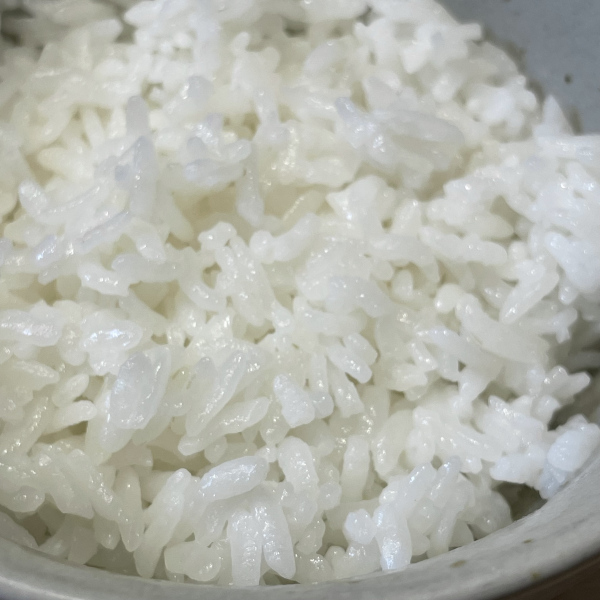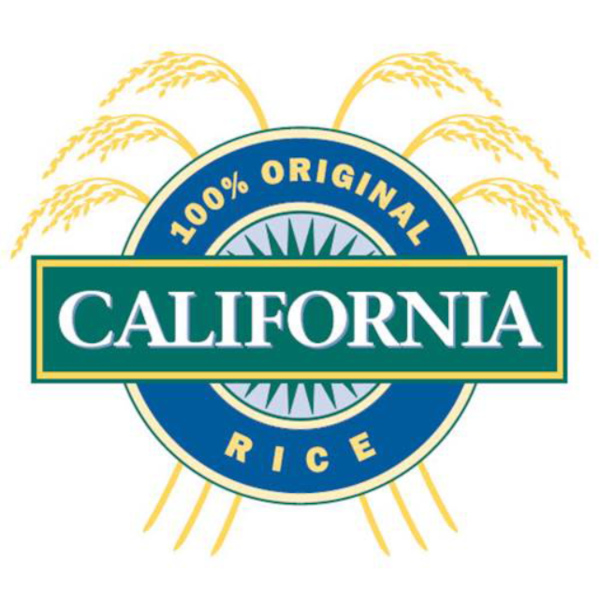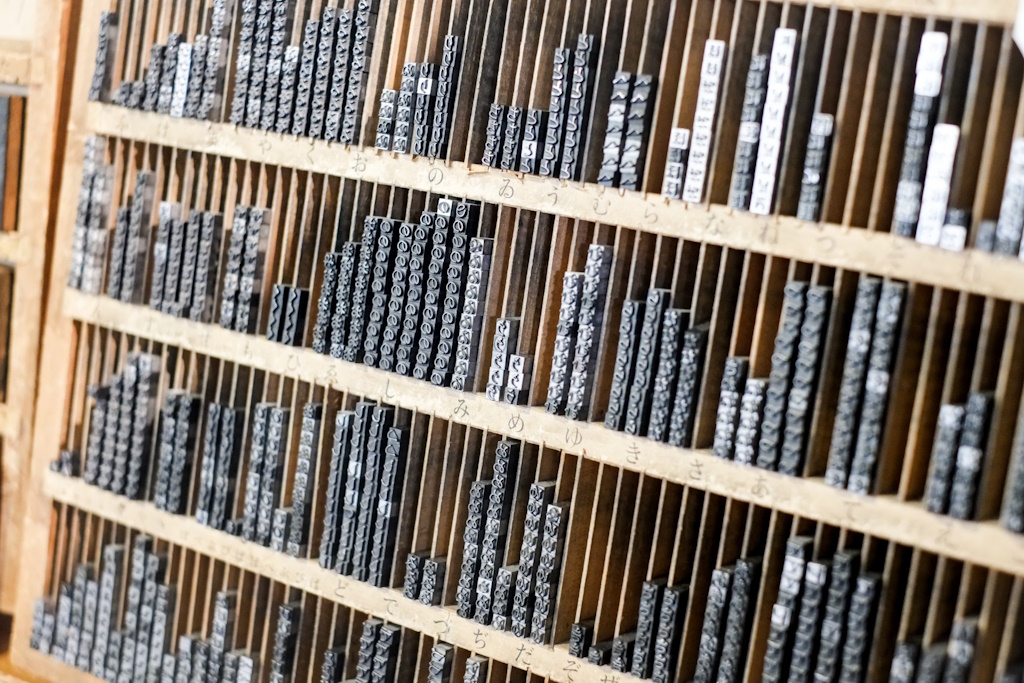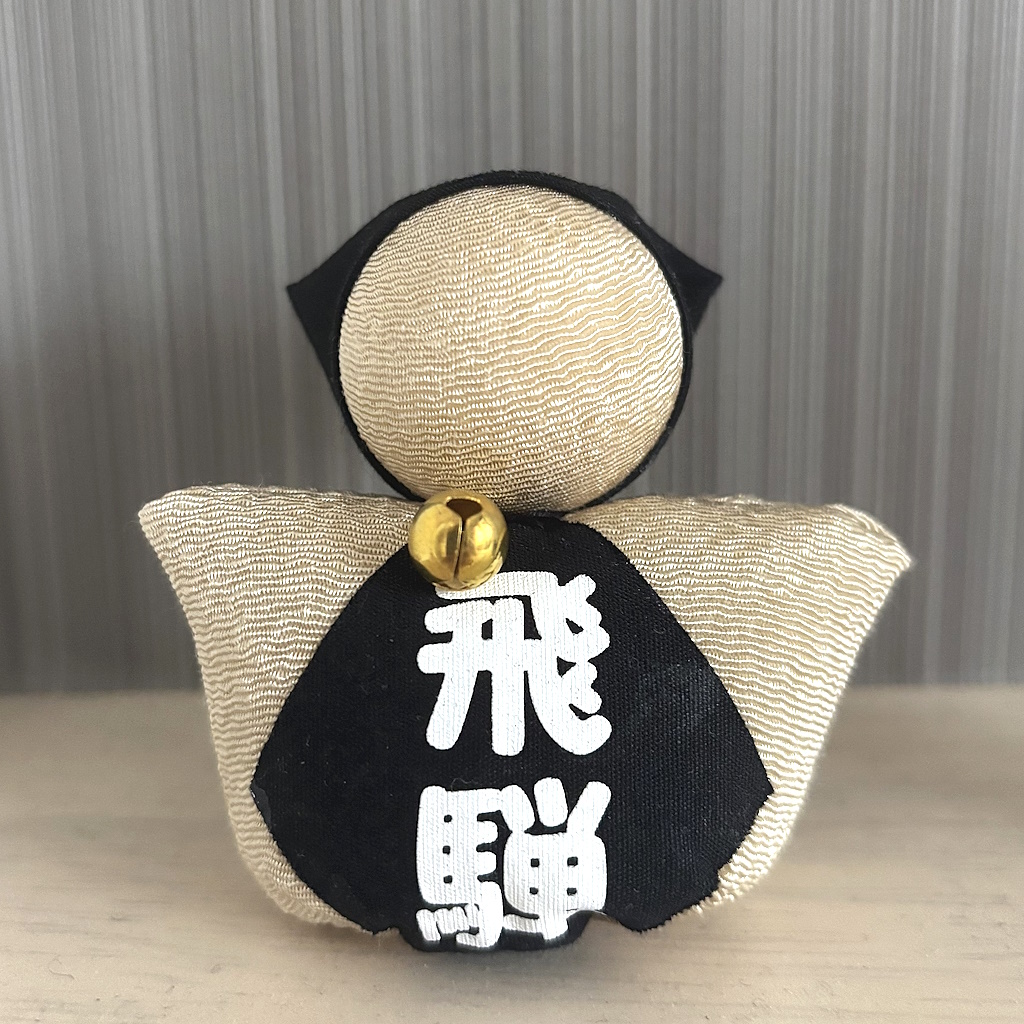Crème brûlée is a French dessert similar to pudding, with the name meaning “burnt cream.” The main difference from regular pudding is the hard caramelized crust on the surface.
Ohayo Milk’s “BRULEE” is an ice cream with a crispy caramel layer on the surface, just like authentic crème brûlée.
The patent number (Japanese Patent No. 6732945) was listed, so I looked it up. The invention is titled “Surface-Baked Food and Its Manufacturing Method,” and both the product and the method are patented. In the summary, the invention involves an ice cream (first food) and a caramel layer (a layer of heated sugar products) separated by a layer containing chocolate or other fats (second food), which helps maintain the crispy texture of the caramel layer. Looking at the ingredient list, “chocolate coating” was listed, so this is likely the “second food” referred to in the patent claims. Despite containing chocolate, it doesn’t taste like chocolate, remaining true to its “crème brûlée” flavor, which highlights the food processing technology. I savored the crispy, slightly bitter caramel.
The price is a bit on the high side (around 400 yen at Seven-Eleven), but as the weather gets warmer, I look forward to enjoying it again as a special treat after a hard day’s work. (Marron)
